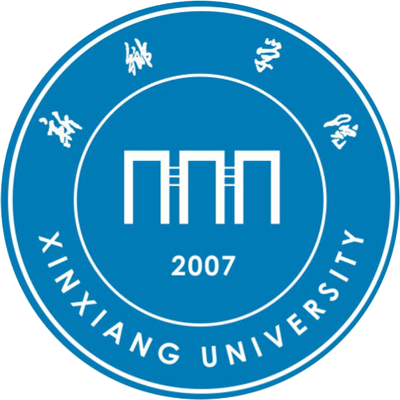详细信息
Size effect of He clusters on the interactions with self-interstitial tungsten atoms at different temperatures* ( SCI-EXPANDED收录 EI收录)
文献类型:期刊文献
中文题名:Size effect of He clusters on the interactions with self-interstitial tungsten atoms at different temperatures
英文题名:Size effect of He clusters on the interactions with self-interstitial tungsten atoms at different temperatures*
作者:Wang, Jinlong[1];Dang, Wenqiang[2];Liu, Daping[1];Guo, Zhichao[1]
第一作者:王金龙
通讯作者:Wang, JL[1];Dang, WQ[2]
机构:[1]Xinxiang Univ, Dept Phys, Xinxiang 453003, Henan, Peoples R China;[2]Tianshui Normal Univ, Dept Phys, Tianshui 741000, Peoples R China
第一机构:新乡学院物理与电子工程学院
通讯机构:[1]corresponding author), Xinxiang Univ, Dept Phys, Xinxiang 453003, Henan, Peoples R China;[2]corresponding author), Tianshui Normal Univ, Dept Phys, Tianshui 741000, Peoples R China.|[110717]新乡学院物理与电子工程学院;[11071]新乡学院;
年份:2020
卷号:29
期号:9
中文期刊名:中国物理B:英文版
外文期刊名:CHINESE PHYSICS B
收录:CSTPCD;;EI(收录号:20203709166994);Scopus(收录号:2-s2.0-85090402236);WOS:【SCI-EXPANDED(收录号:WOS:000566161800001)】;CSCD:【CSCD2019_2020】;
基金:Project supported by the Young Scientists Fund of the National Natural Science Foundation of China (Grant No. 11705157), the Henan Provincial Key Research Projects, China (Grant No. 17A140027), and the Ninth Group of Key Disciplines in Henan Province of China (Grant No. 2018119).
语种:英文
中文关键词:helium cluster;self-interstitial;tungsten;molecular dynamics simulation
外文关键词:helium cluster; self-interstitial; tungsten; molecular dynamics simulation
摘要:The behaviors of helium clusters and self-interstitial tungsten atoms at different temperatures are investigated with the molecular dynamics method. The self-interstitial tungsten atoms prefer to form crowdions which can tightly bind the helium cluster at low temperature. The crowdion can change its position around the helium cluster by rotating and slipping at medium temperatures, which leads to formation of combined crowdions or dislocation loop locating at one side of a helium cluster. The combined crowdions or dislocation loop even separates from the helium cluster at high temperature. It is found that a big helium cluster is more stable and its interaction with crowdions or dislocation loop is stronger.
The behaviors of helium clusters and self-interstitial tungsten atoms at different temperatures are investigated with the molecular dynamics method. The self-interstitial tungsten atoms prefer to form crowdions which can tightly bind the helium cluster at low temperature. The crowdion can change its position around the helium cluster by rotating and slipping at medium temperatures, which leads to formation of combined crowdions or dislocation loop locating at one side of a helium cluster. The combined crowdions or dislocation loop even separates from the helium cluster at high temperature. It is found that a big helium cluster is more stable and its interaction with crowdions or dislocation loop is stronger.
参考文献:
![]() 正在载入数据...
正在载入数据...


